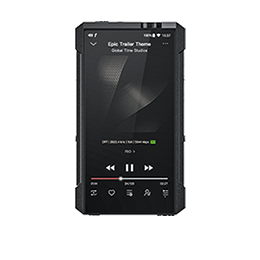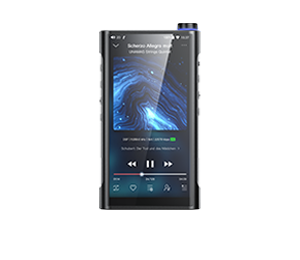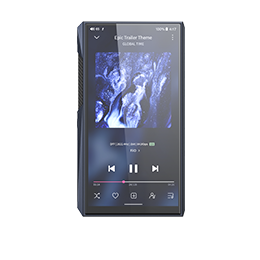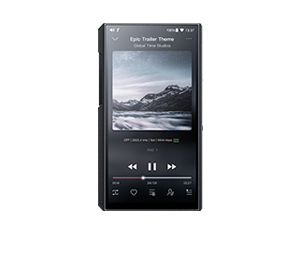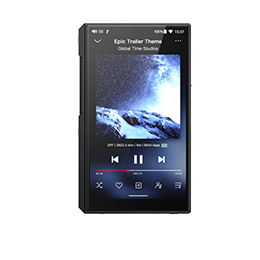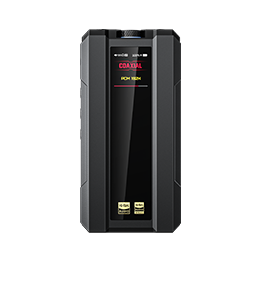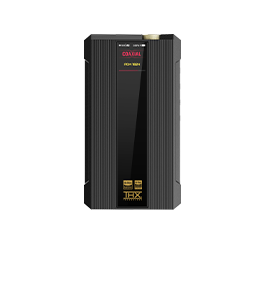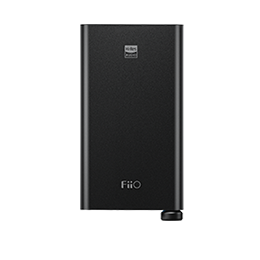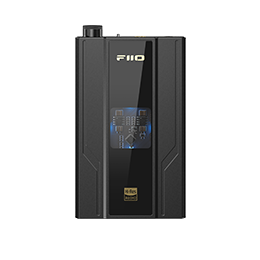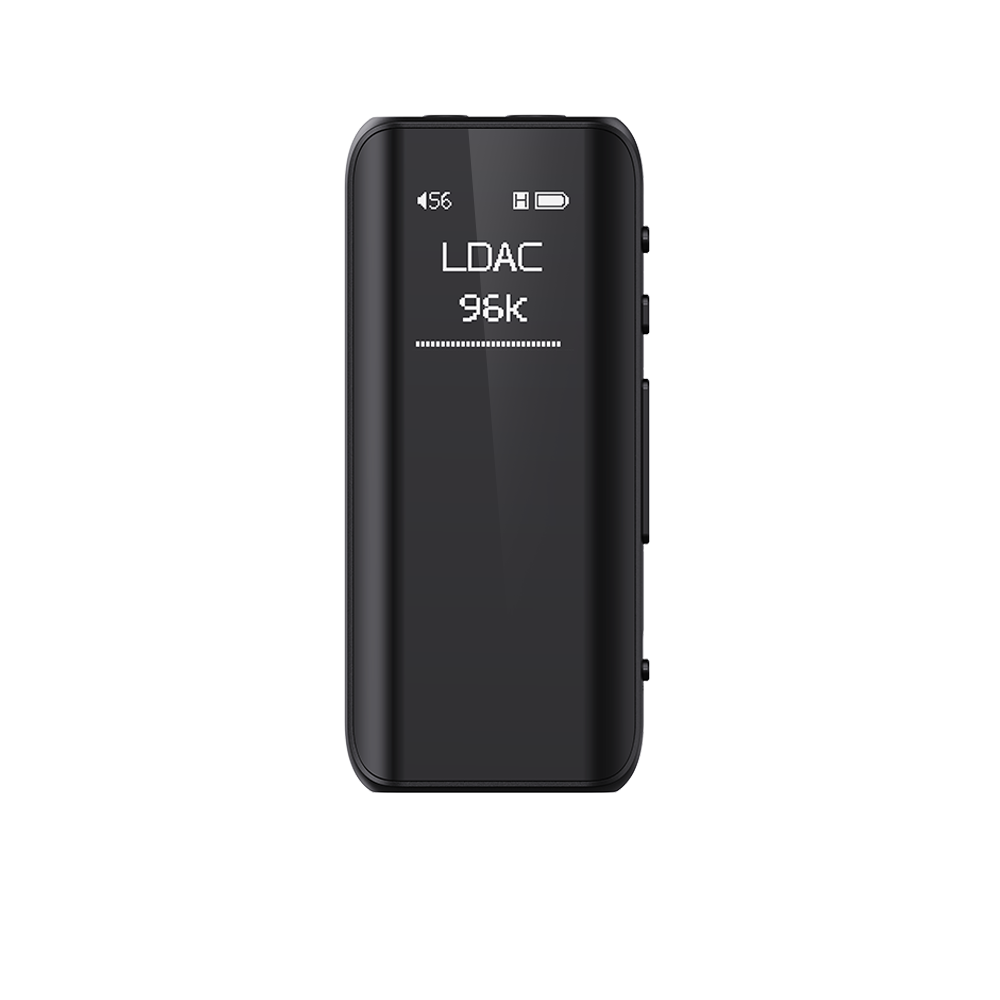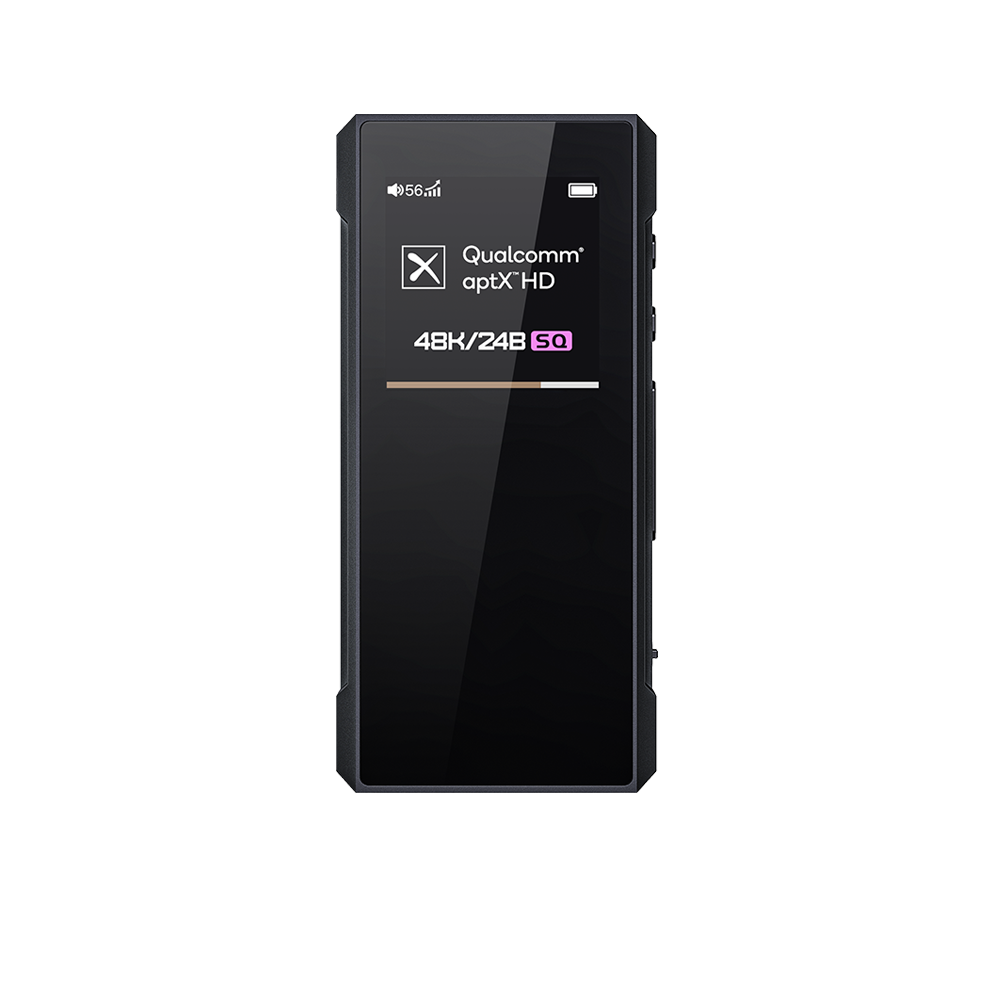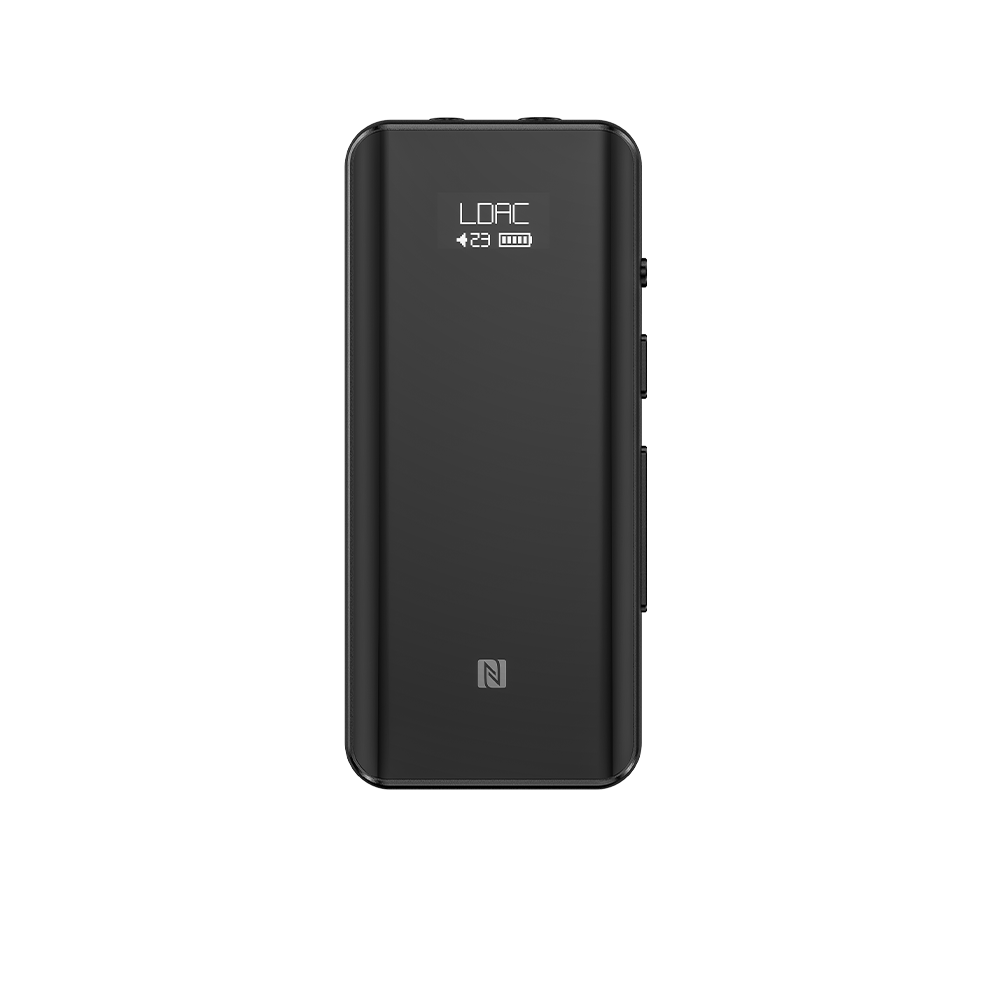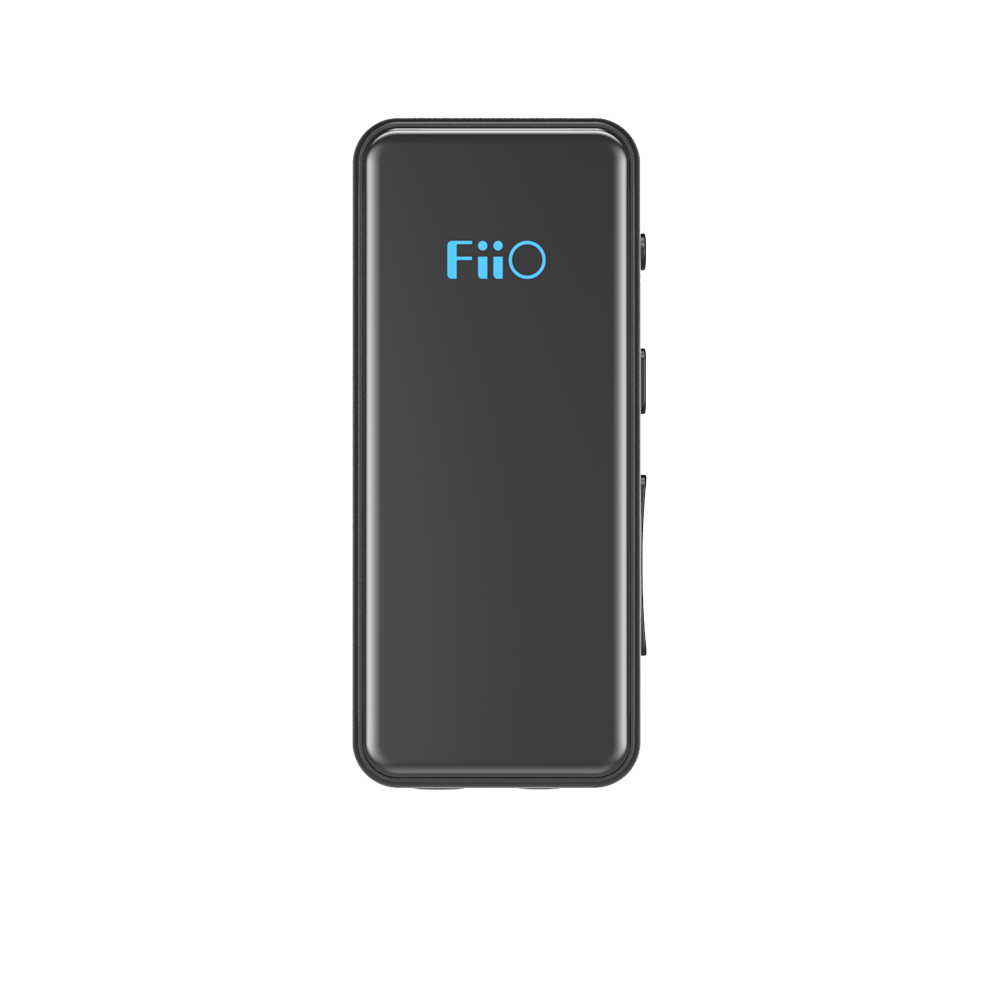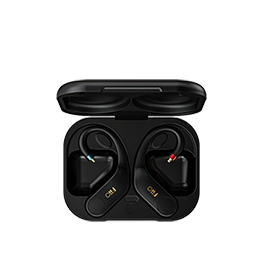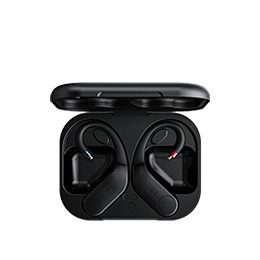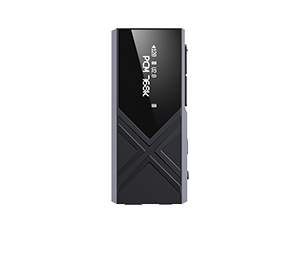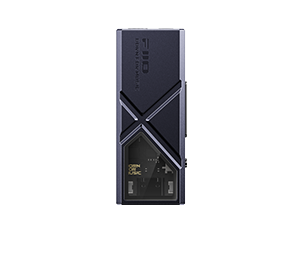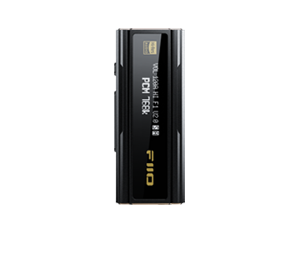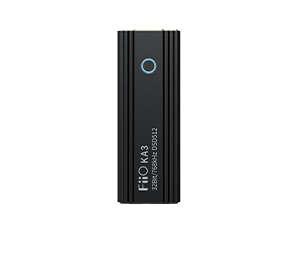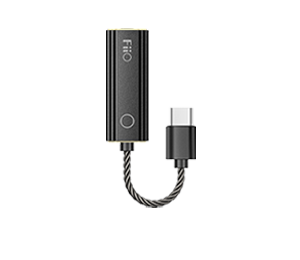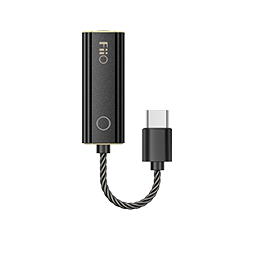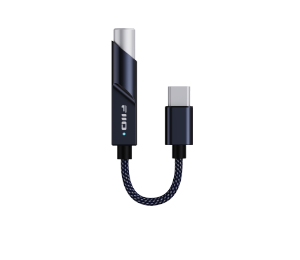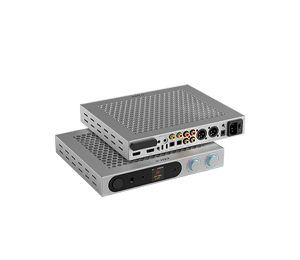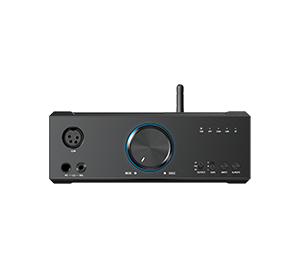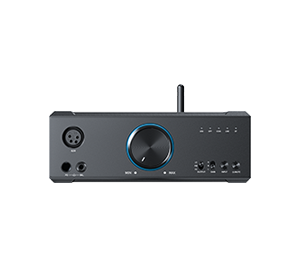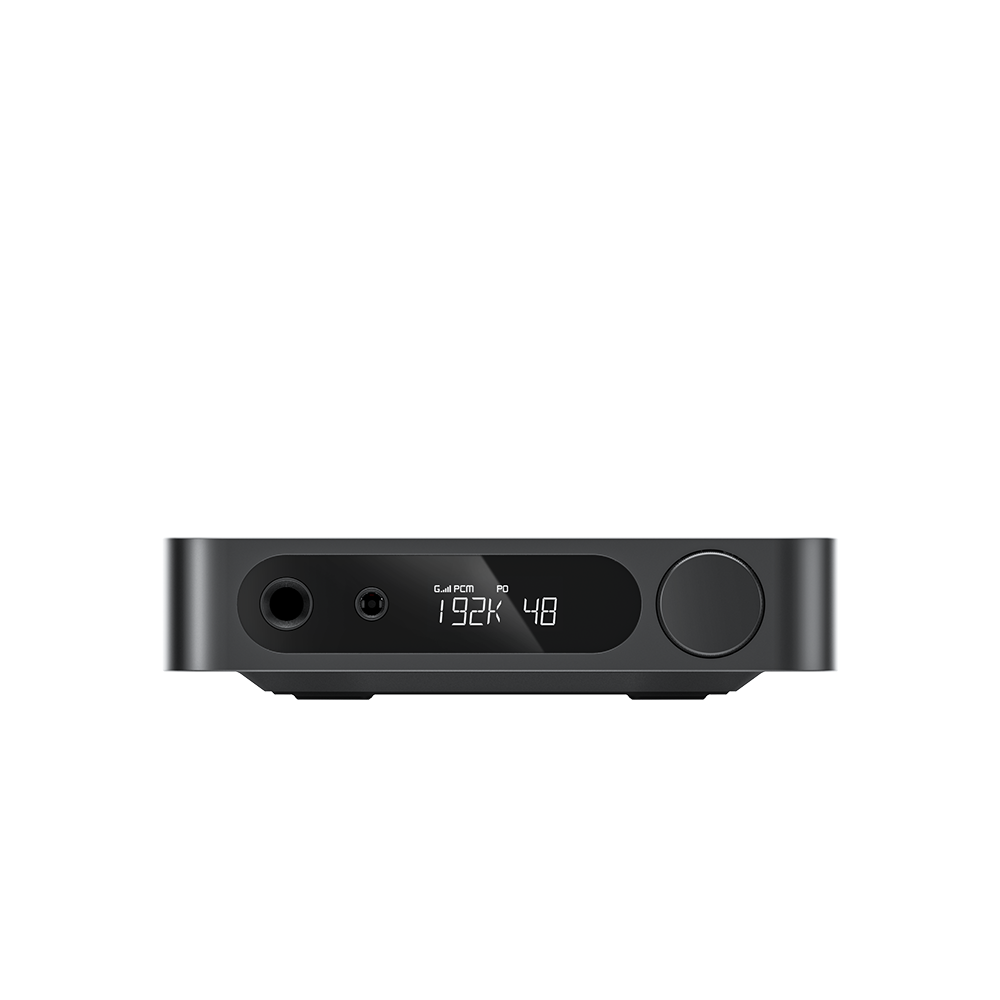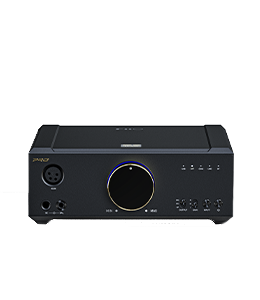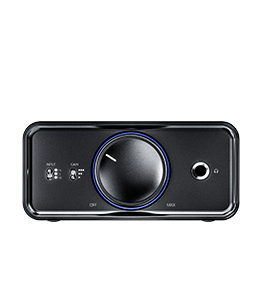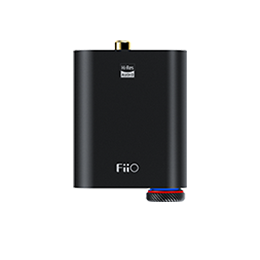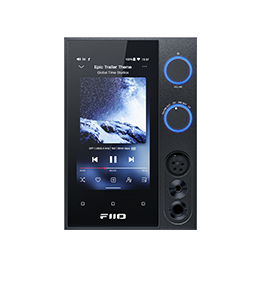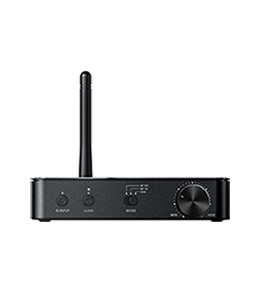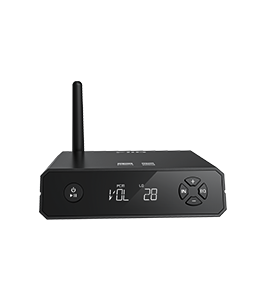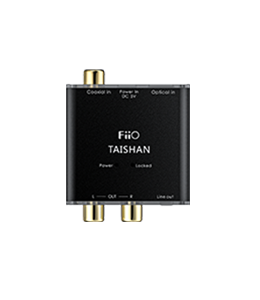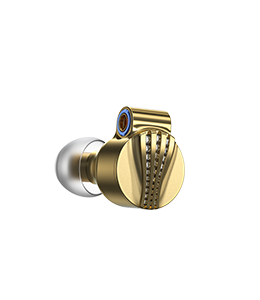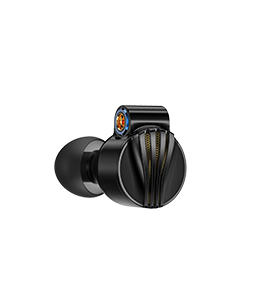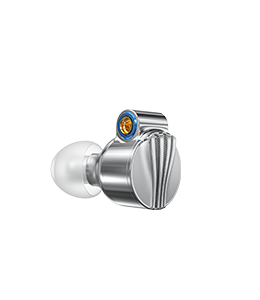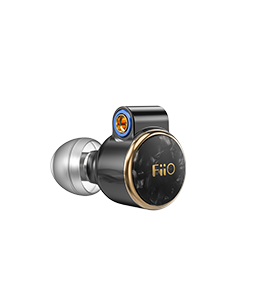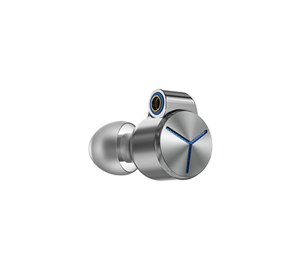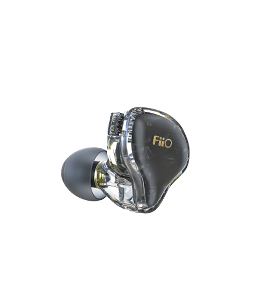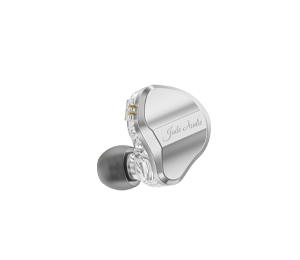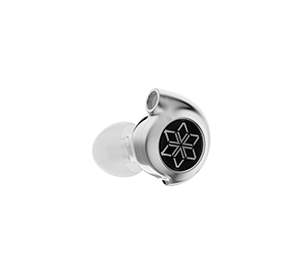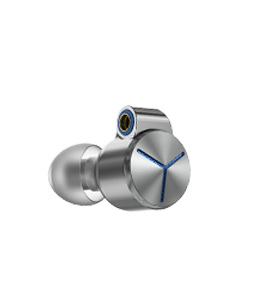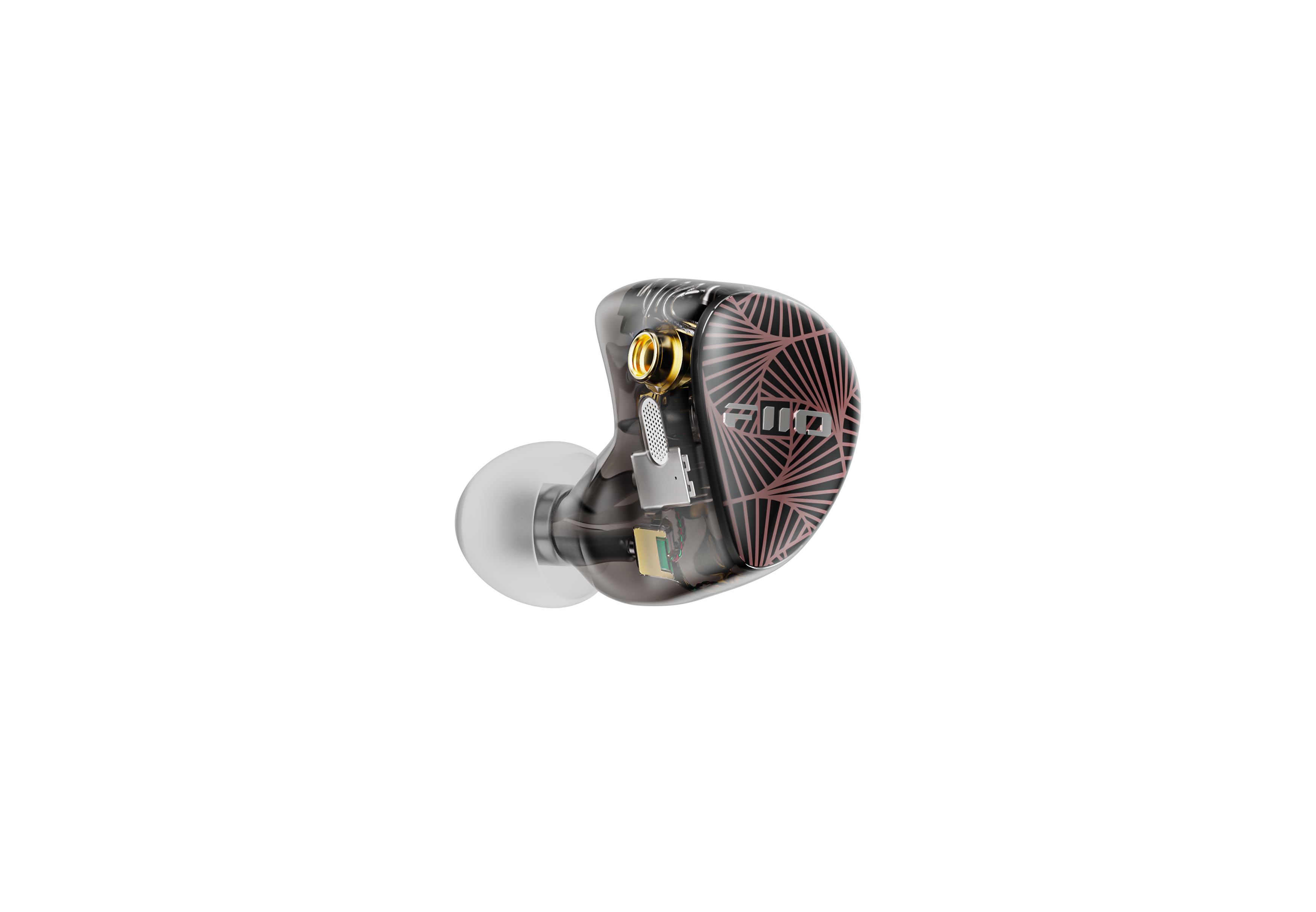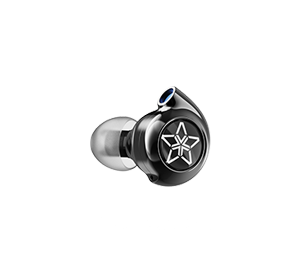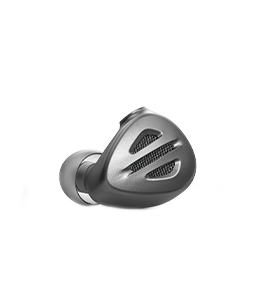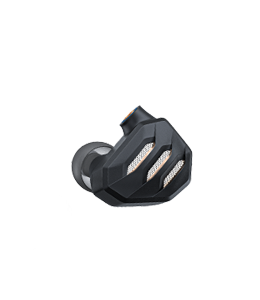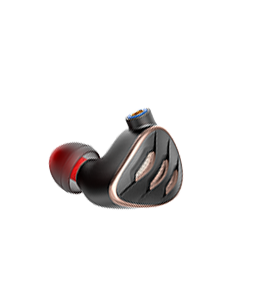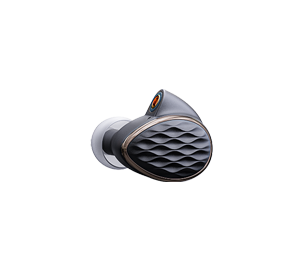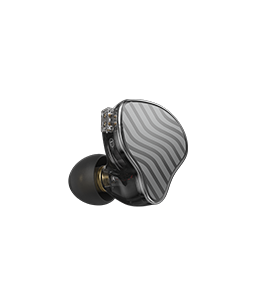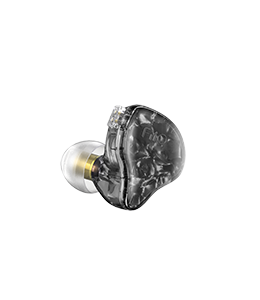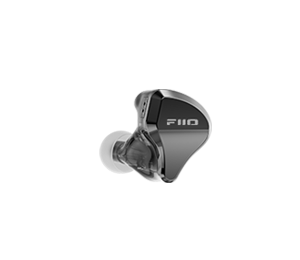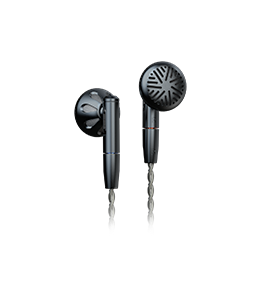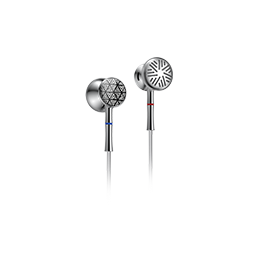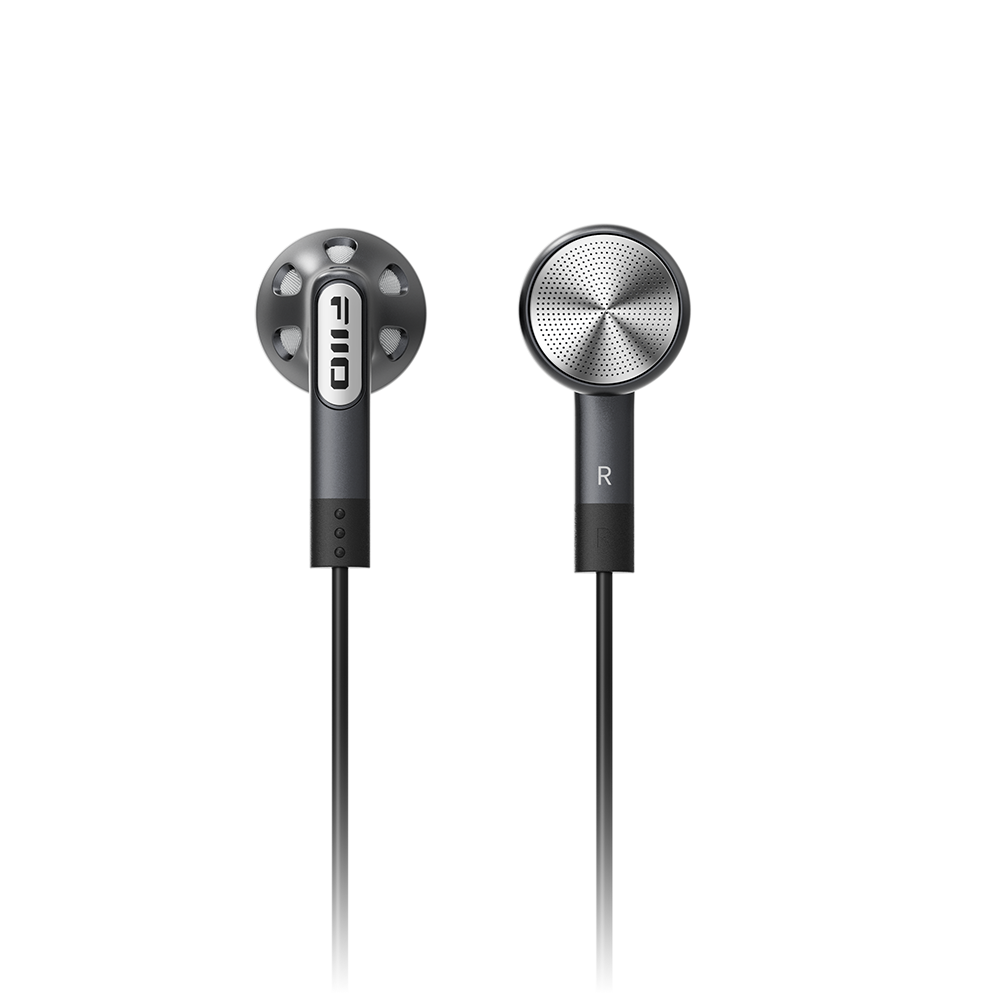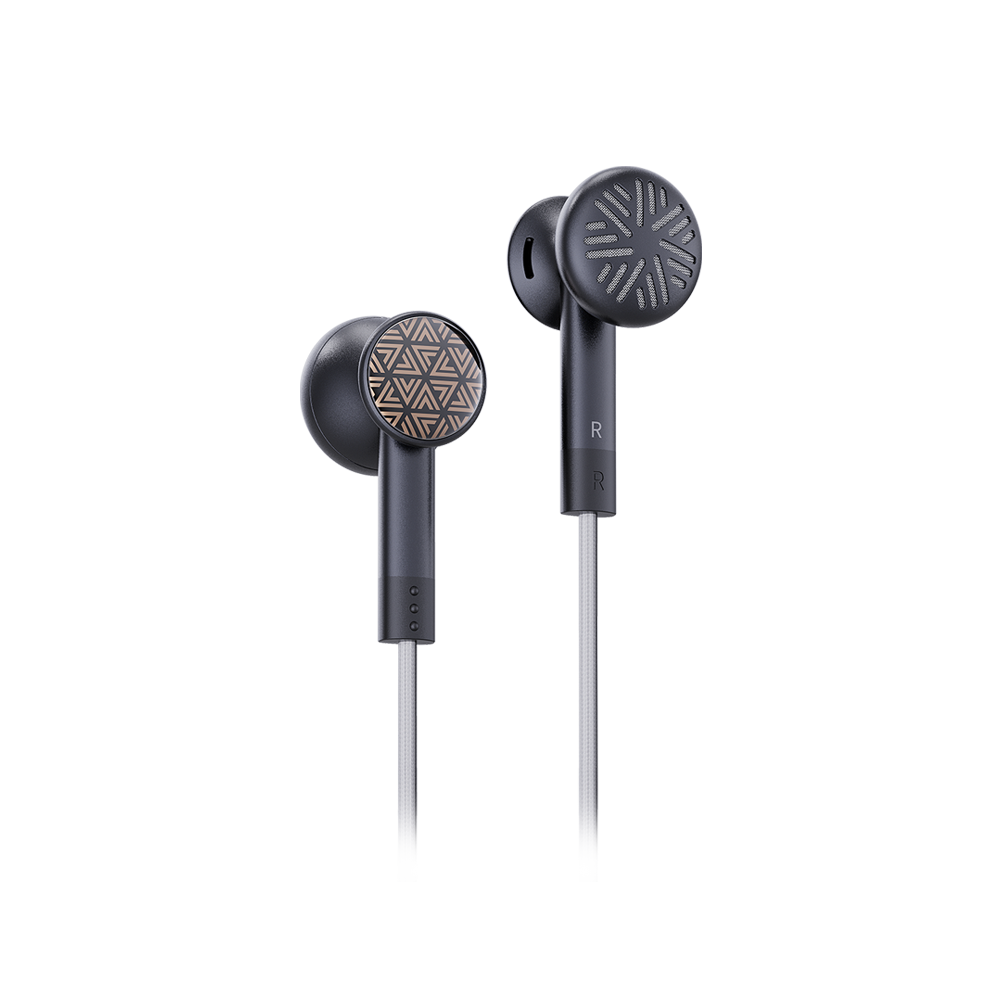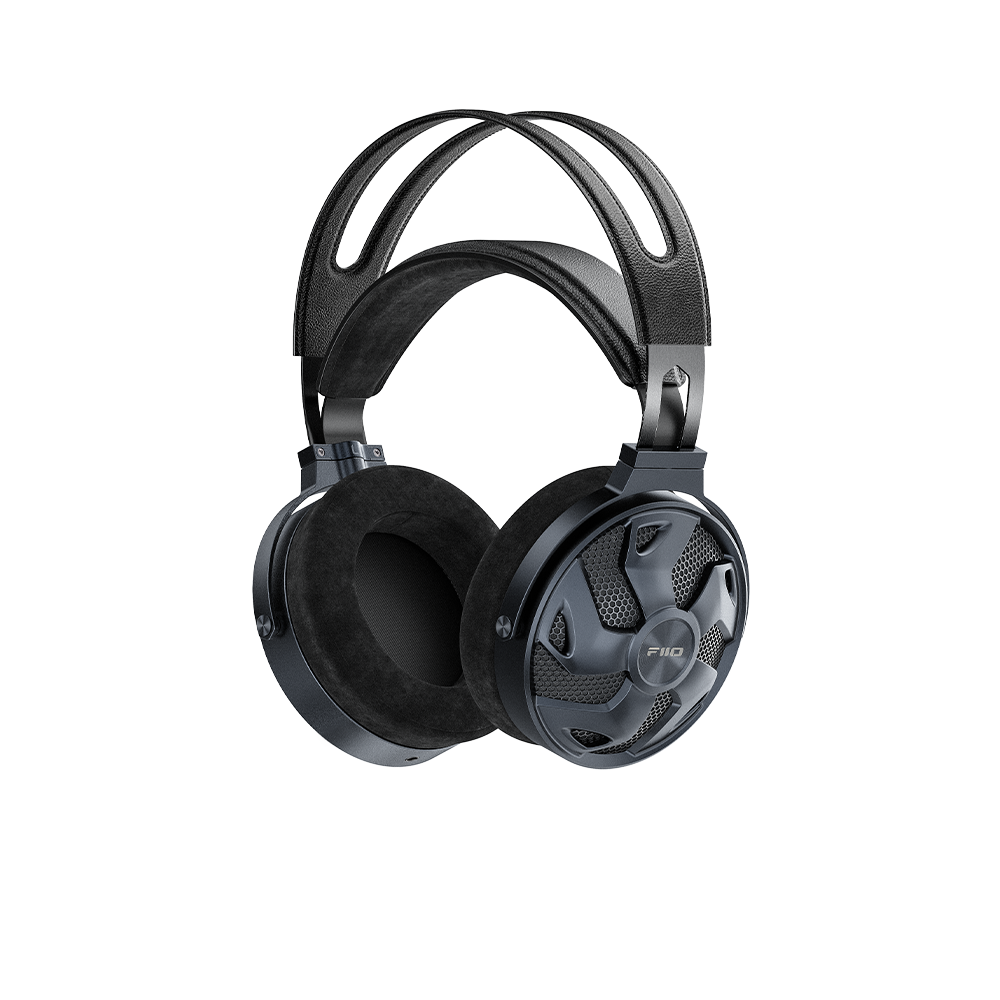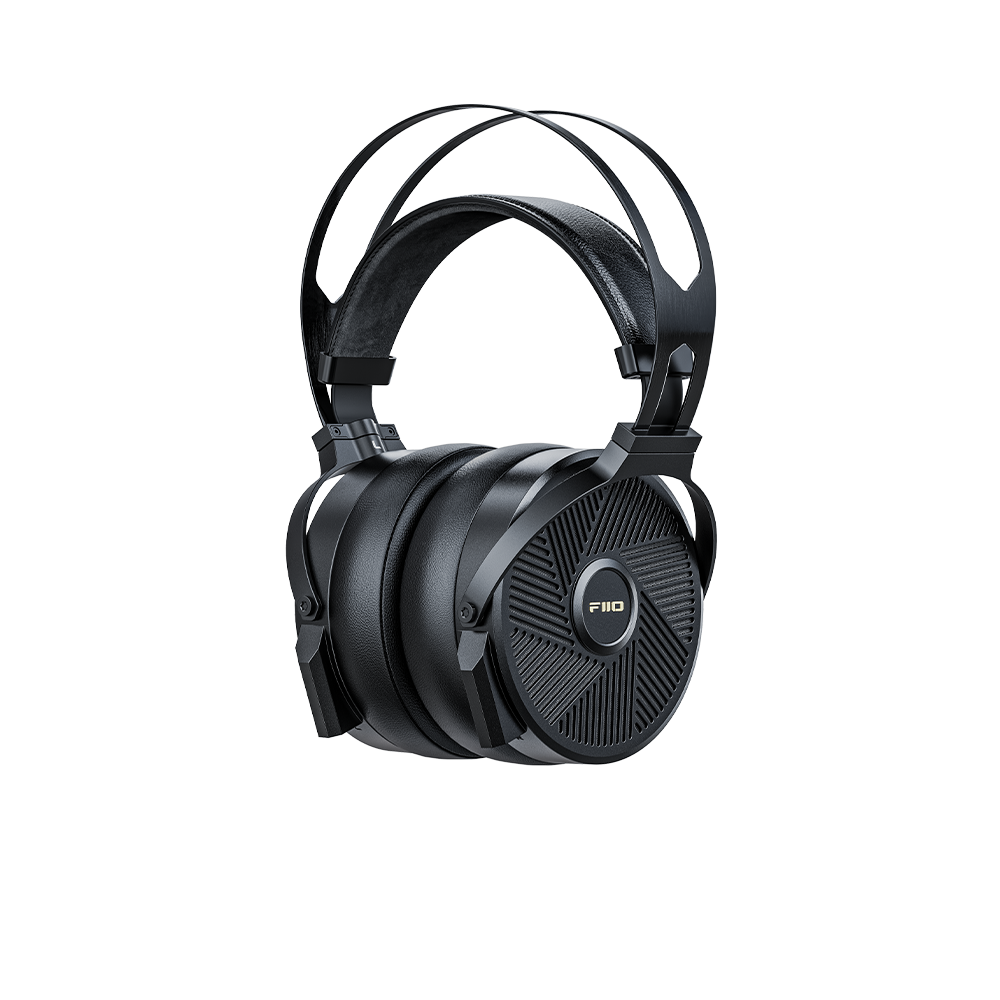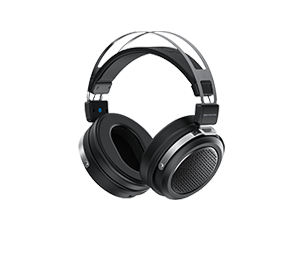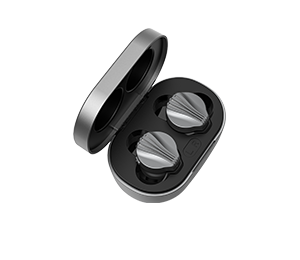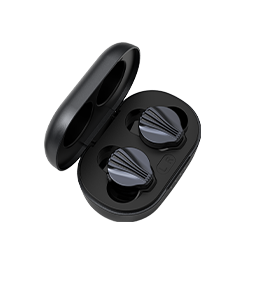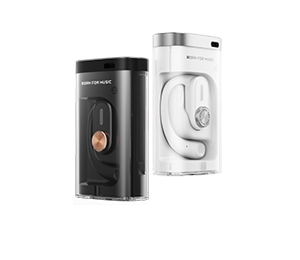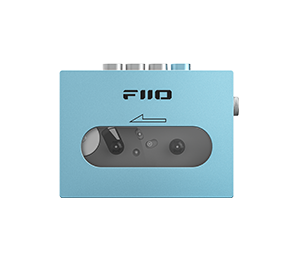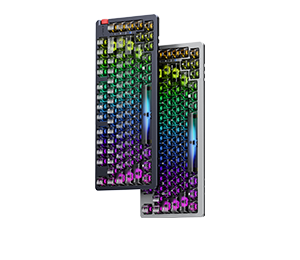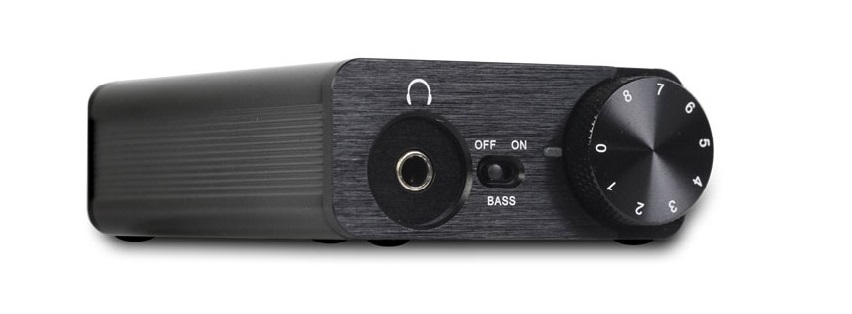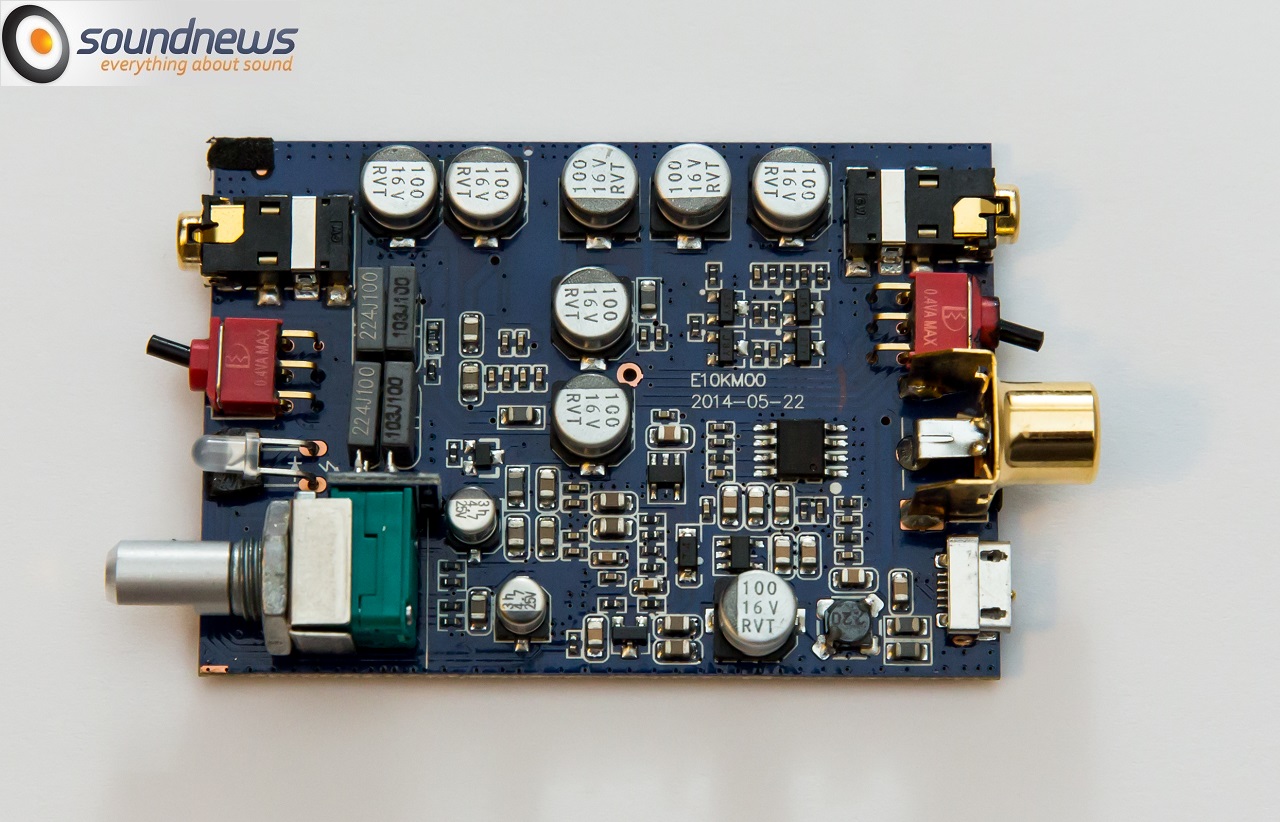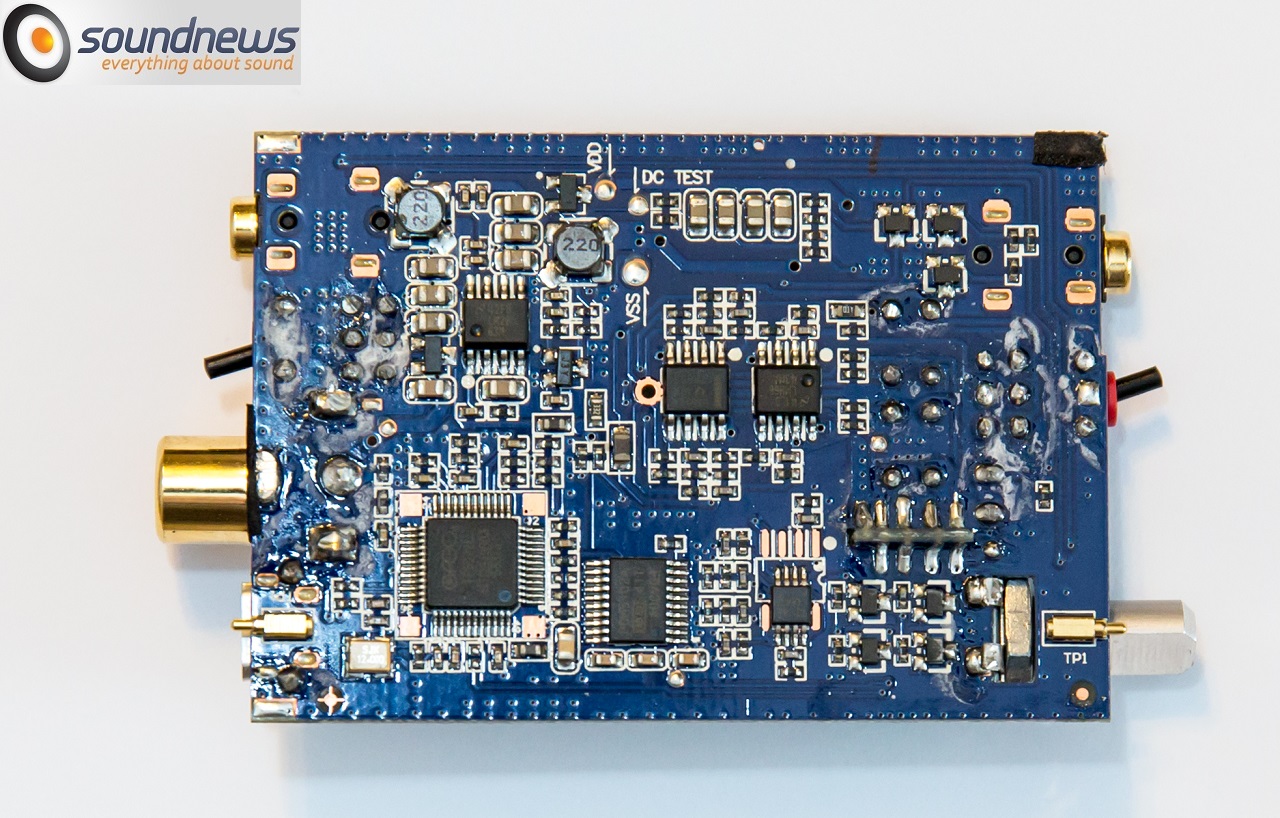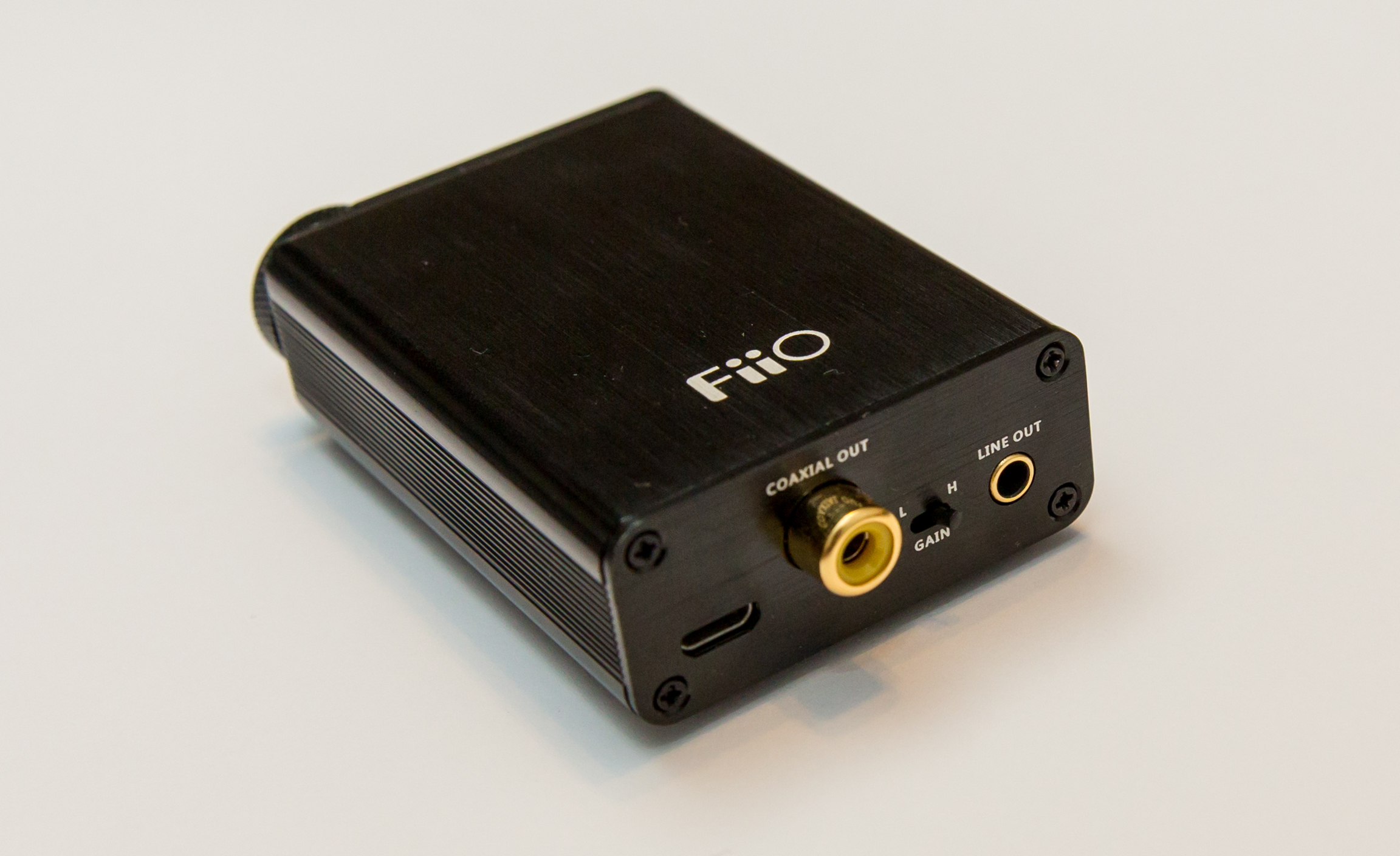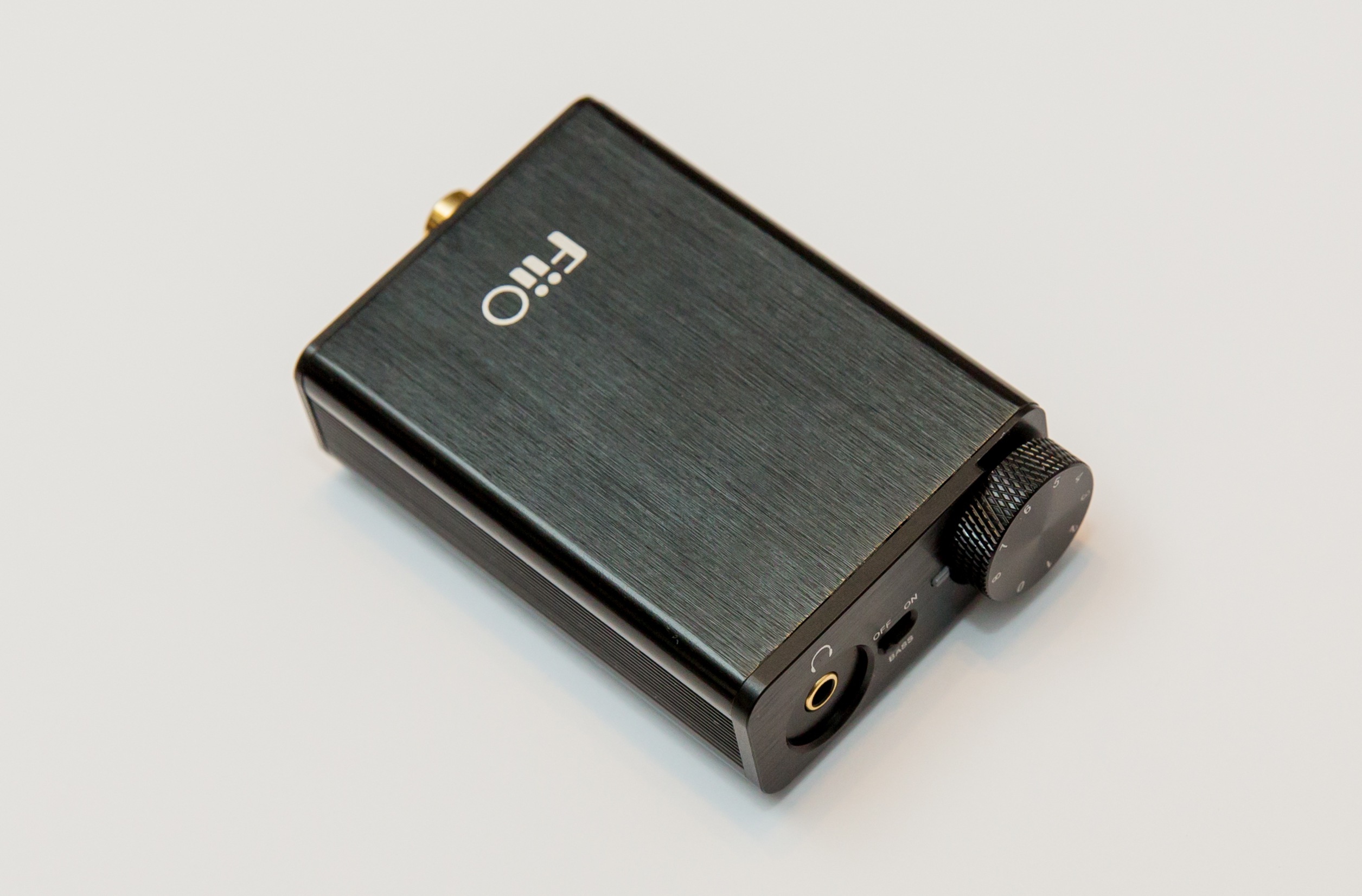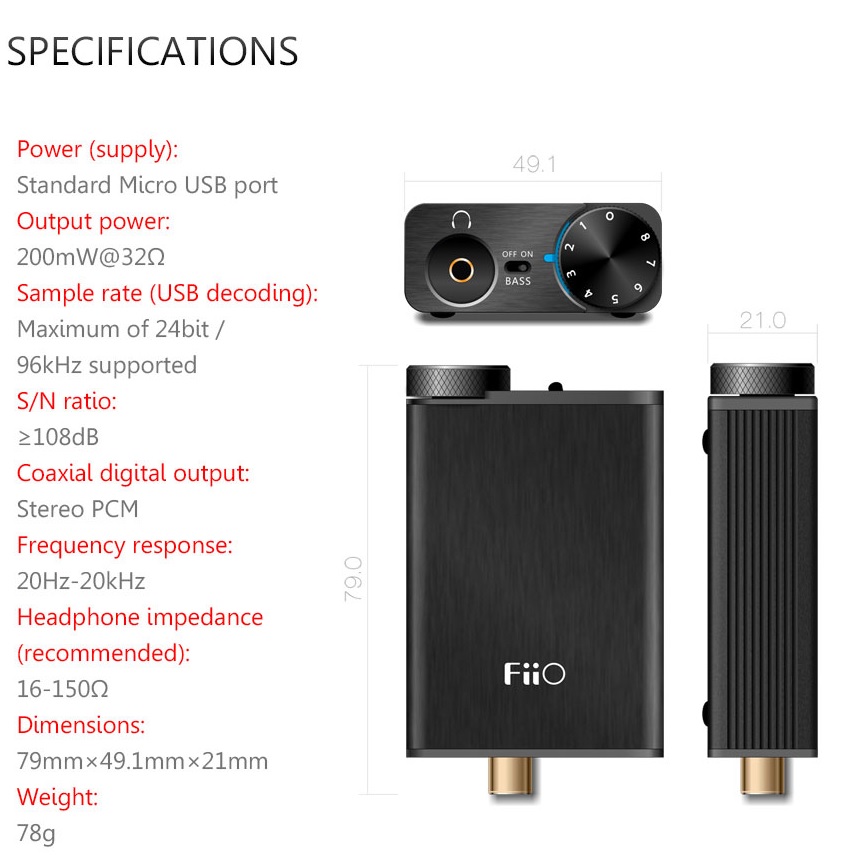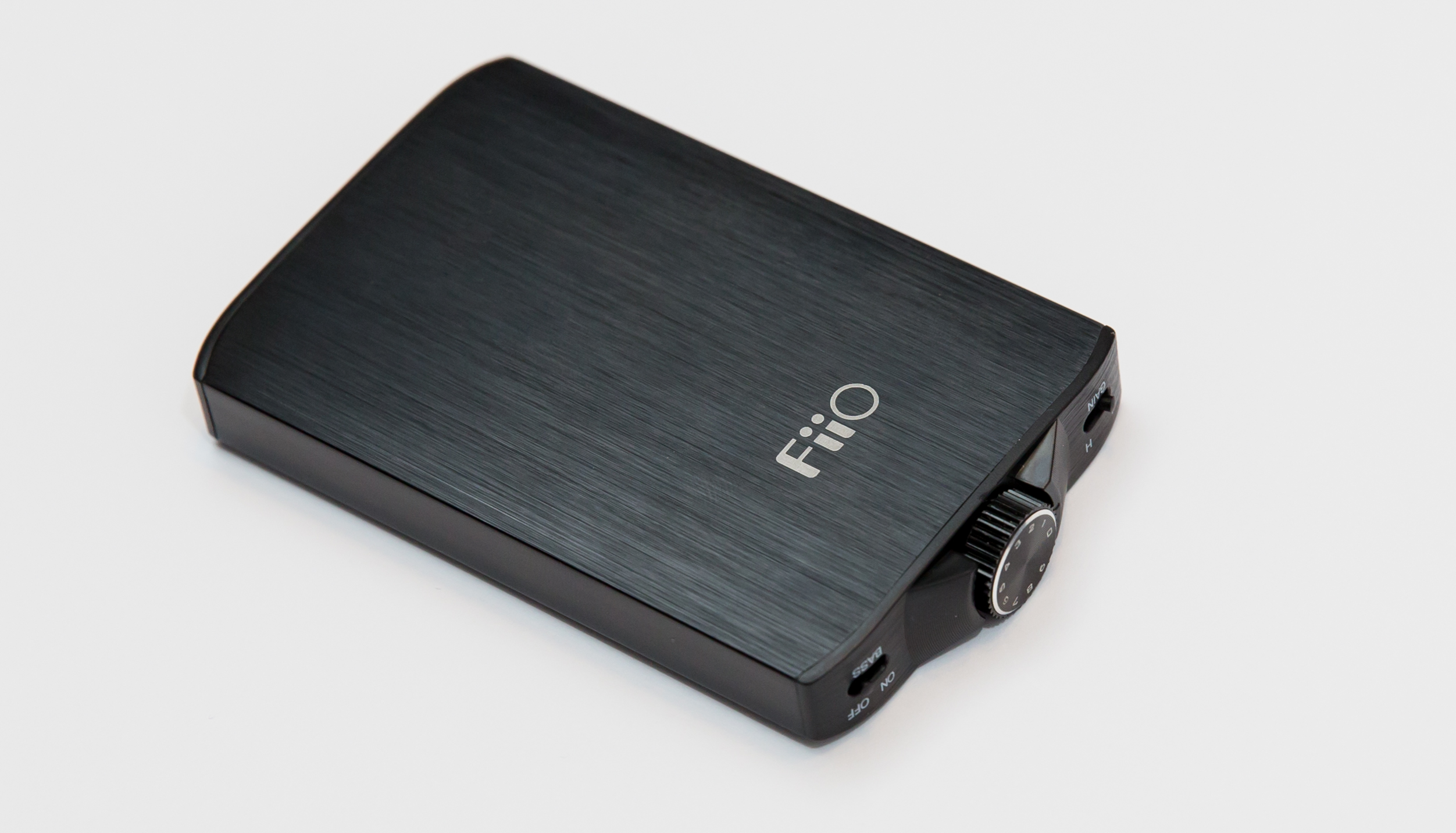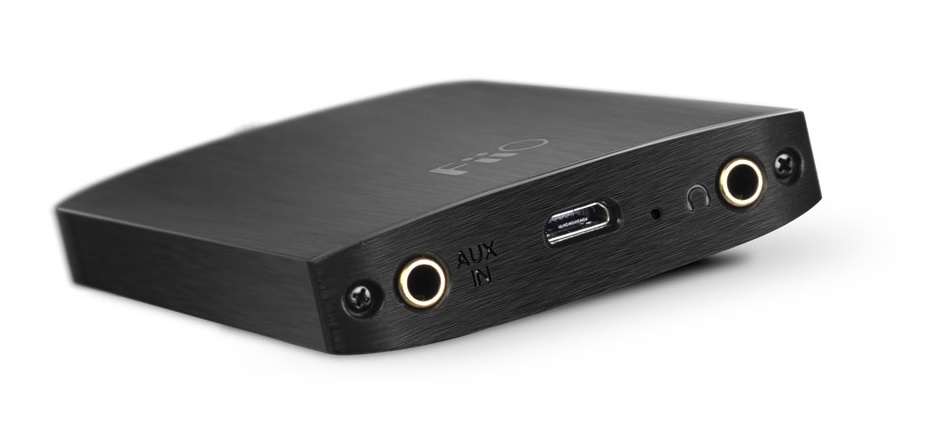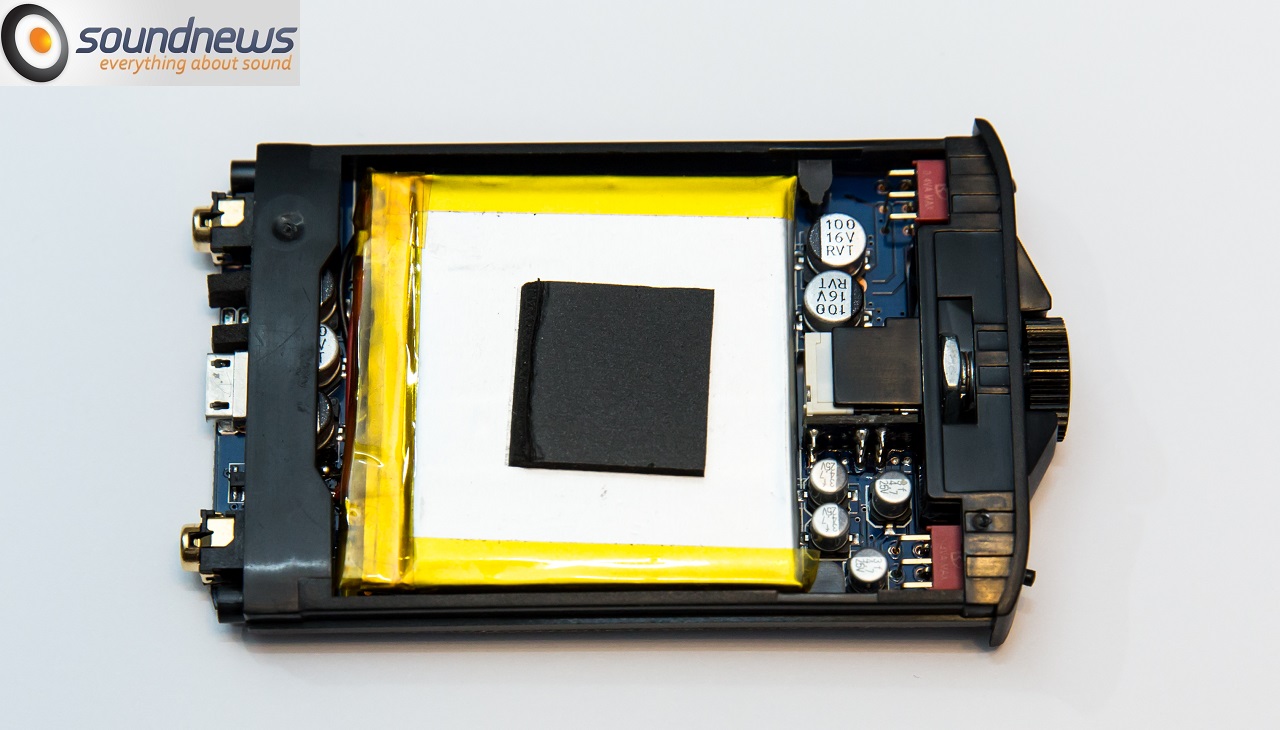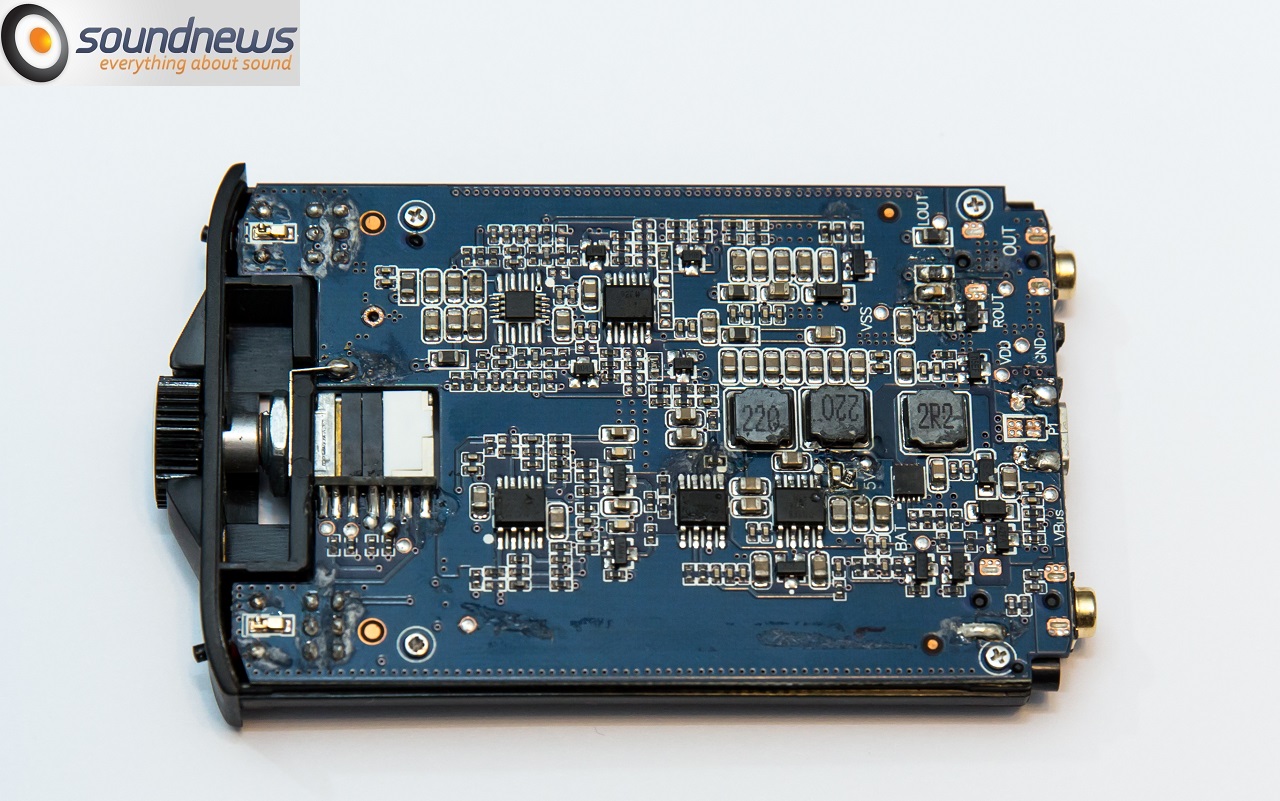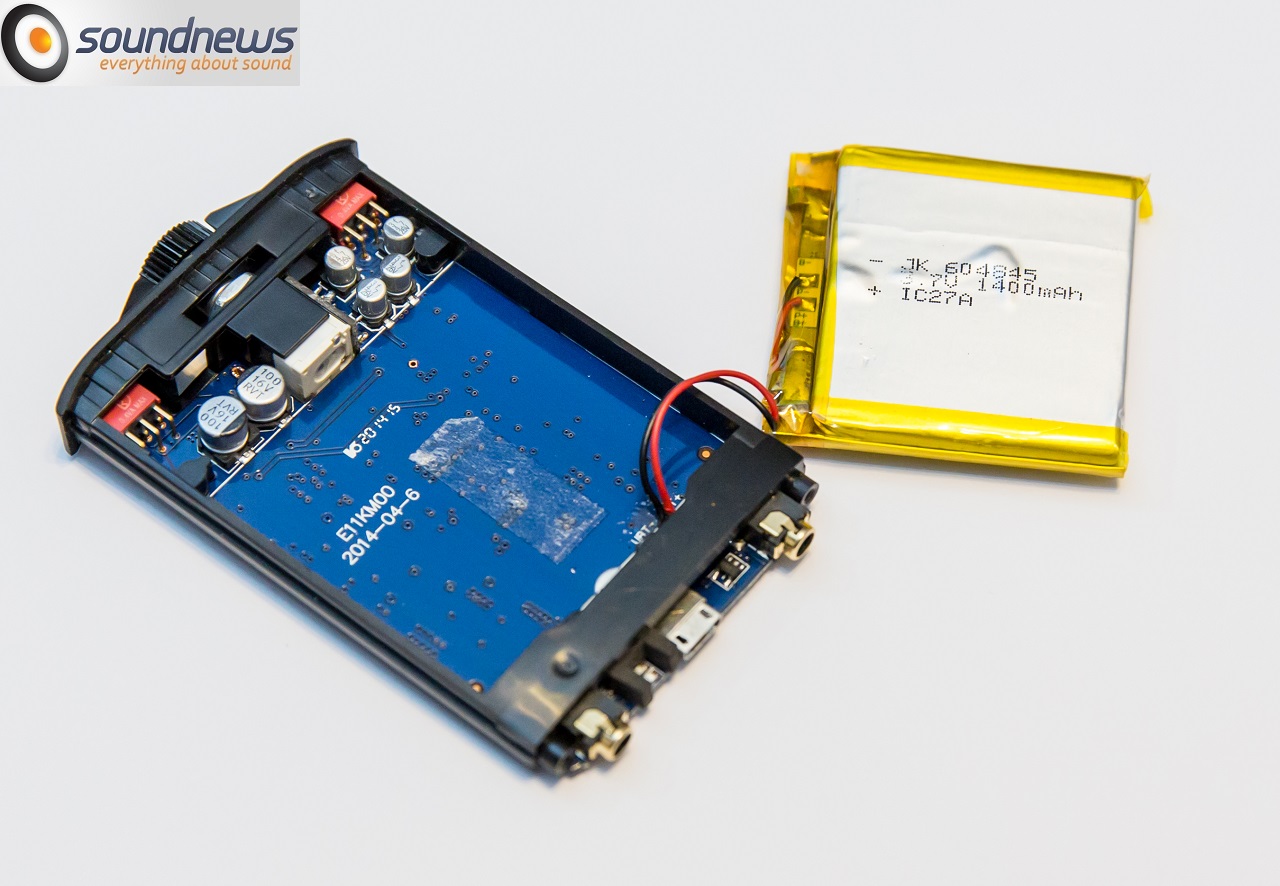FiiO E10K and E11K – Premium sound for a tiny price
Author:Darku
Review from:Soundnews
→→ Read the original article on Soundnews:>> Click here
How fast time flies…
I remember the moment when I first time listened to a FiiO E10 together with my friend Savu and both had quite a shock. Connected to a HD555 and later to a HD800 it sounded very nice at that time for an absolute tiny price that drove top of the line Sennheiser headphones decent enough.
Two years have passed and FiiO did another surprise to us, I have on the test table new E10K and E11K devices from FiiO.
I’m glad that at last the testing period ended and both products are publicly announced; now I can freely speak about them.
For about 6 months I was some kind of alpha/beta tester for E10K and I can tell you that I had a small contribution at the end result, I kept my mouth shut but now I have a big relief that at last I can speak about them.
Let’s take them one at a time:
From a hardware point of view and from the sound perspective E10K it’s a BIG step forward compared to the old E10. I personaly would change it’s name, it’s not a simple update, it’s a radical change from any point of view.
E10K have now the gain switch on the back, bass switch remained on front, 1/8 headphone jack is now more stable and you can connect bigger aftermarket cables with bigger jacks.
Volume pot it’s more pleasant to turn, front LED doesn’t blind you at late night listenings and mini USB was changed for a micro USB port. Apart from that it looks basically the same, same brushed aluminum design.
The changes inside of the device it’s quite more complex:
Often-used Wolfson WM8740 DAC chip was dropped for a new chip from BurrBrown – TI PCM5102, a chip that I see quite often in new devices (Arcam rPAC, few Audio-GD devices, Meridian Explorer and many others). New chip is an interesting one for many reasons.
Firstly it doesn’t need a clock generator or a master clock, therefore simplifying a lot the circuit design, the signal path automatically is shorter, which theoretically means a purer, clearer sound.
New chip is capable of 2V Rms output power on line-out without a need for an additional circuit, it’s a very accessible and high performance chip that was a logical move if the target is a better price/performance ratio.
The analog part is also totally changed to the old E10.
Power op-amp was changed from AD8397 to LMH6643, it’s the same that we saw in E18 and X5, much more expensive products that offer an airy/detailed sound compared to old FiiO electronics.
There is also an OPA1642 that does the gain duties and a LM2663 that is a voltage regulator, an important chip to obtain clear and a linear voltage for the rest of the device.
E10K also used a low-pass filter and an advanced bass boost circuit. The noise at the headphone jack is very small at <15 uV RMS and even smaller for the line-out at the back <10 uV RMS.
The power was raised a bit, from 150 to 200mW in 32 Ohms, offering a better grip for hard to drive headphones.
Ok, big words and serious changes in this new device, on paper everything sounds great, let’s see how it sounds in real life tests.
Sound performance:
I don’t even know where to start.
For starters I let the device burn-in for 4-5 days connected to an iMac playing some lossless music of all kinds.
After those 4 days I installed a new software player Amarra 3.0 and after that I don’t know what happened.
Or 10K is indeed that good, or that Ammara 3.0 did some magic tricks, but I’ve heard a sound which I usually hear in much more expensive devices.
I started to check where my cables were connected, are they connected to another DAC, or another amp?
No, it was E10K and it sounded really great.
A radical change to the old FiiO sound and especialy to the former E10.
I’ve got clearly a more detailed sound, more airy, controlled bass, faster mids and hights, without being sibilant or obtrusive.
I quickly connected the rest of my other headphones, I have connected some active speakers, the same story on all of them: I like a lot what I hear.
I’m glad that I have a small contribution to the end product, the prototypes sounded less impressive for sure.
As for music I started with “Doi” album from Vita de Vie, then after tried Cabaret by Gothart, followed by Rodrigo y Gabriela and finished with some jazz and classical music, the end result was identical on all music.
OK, let’s elaborate a bit:
I remember clearly that older E10 sounded intimate, warm and round, cutting a bit of frequency extremes, calming the highs and sub bass going not that deep, but it was emphasizing mids and upper bass. It offered a pleasant sound, quite romantic I would say.
The main purpose of sound engineers for the new products was naturalness and creating a real, palpable sound, more detailed, with better and deeper extremes.
I can say that that goal was achieved.
Bass now hits harder, I hear a heavy sub bass and a better controlled one, it’s faster and has a better kick.
Listening to old albums of The Prodigy and Chemical Brothers was a joyfull experience. My smile reaching the ears with continuous headbang, this is how I would characterize the experience.
Bass switch is now much better implemented, it’s quite subtle, around 3dB in the sub bass arrea, not more. I personaly turn it Off as a purist and I like it more this way, but for modern music listeners that switch will stay more in “On” position for sure.
Also as a good bass test I use some tunes from old Black Sabbath albums.
Geezer Butler knows his stuff, at the start of some tracks I hear how he powers on the guitar amplifiers without touching the strings yet, the same thing I can hear on Rage Against The Machine. That low sub bass and hidden detail was heard on E10K, how happy I was at that moment.
Mid frequencies were more or less identical to E10.
They sounded sweet, calm, pleasant and romantic. The sweetness of E10K sound is coming from it’s mids for sure. I feel a slight emphasis on mids, but not as much as in case of E10, that one was extra syrupy.
Male voices have a good tone and a nice texture, female voices felt more outlined, more present, can’t explain the phenomenon.
On mids I felt a slight grain of the sound, like a small background noise. There are fine details that I’ve heard thorough test, it may go unnoticed in everyday life.
In any case the grain is much lower than that found in E10.
The noise floor is also lower and the background is blacker compared to older device. E10K sounds more real and natural and quite balanced across the board.
It doesn’t accentuate mids as much, it’s more neutral in this regard, that’s why I can recommend it now also for jazz and classical listeners.
High frequencies are easy and light on the ear and are not strident or pushy.
They have some more air compared to the old model, more information in this range. If I would compare the sound as a video experience, then E10K looks like a Full HD 1080p movie and E10 looks like something between a DVD and a HD ready 720P movie.
E10K is more fresh, livier, airier that pushes more information to the listener.
Indirectly stereo image and stage size was changed also.
More air between the instruments resulted a more holographic stage, and more precise stereo image. Location of audio instruments across the imaginary sound field is easier to detect. In a complex track I can easily listen to just a single instrument that I like and now it’s easier to do it without any eardrum fatigue.
Of course it doesn’t offer a complete 3D and holographic sound reproduction as multi-thousand dollar devices do, but at this price I really don’t have something to blame.
All this pros are without a doubt due to better amplification stage as well, maybe because of this I hear a better grip of the sound, a higher precision and a faster rhytm.
For Sennheiser Amperior, Sony MDR-1R and Ultimate Sound 3D it was a feast, all of them sounded good. On US3D I had a lower noise floor and on the rest I had a higher control on the volume pot. Oh and another thing, I didn’t touch high gain setting. On low gain I didn’t go more than 60% on volume pot, on high gain it could drive Sennheiser HD650, AKG K702, Beyerdinamic DT880, Audio-Technica AD1000 or even some Audeze LCD-2 at a more than decent volume without a major penalty to dynamics and clipping. I do not encourage to buy an E10K alone for this kind of headphones, but for a limited budget or as a temporary solution it could be a real bargain.
E10K connected through line-out (unamped signal) to some Audioengine A5+ active speakers resulted a sound above expectations. Lower noise floor on line-out really said it’s word.
In both cases it doesn’t need any driver, just select it as the default device in software player or from sound settings on the output device and voila!
Let’s talk a bit about E11K as well:
E11K is a portable headphone amplifier and it doesn’t have a DAC/sound card inside. The first E11 (the old one) didn’t impress me much, because of this at that time I decided to not write something about it. It was made from plastic, sound was quite muddy, grainy, without air, bass was overly boomy, exactly the sound that I do not like.
The new E11K is in another league.
Now it’s entirely made from aluminum, looks elegant and attractive. I really like how it looks, the placement of ins and outs on opposite side to the volume pot it’s a very good idea.
On the street when it’s connected to a portable device (phone, portable player) when you change volume, bass or gain switch you don’t touch the interconnect cable anymore or the jack of the headphone cable. Many times it happened to me when using other amps to de-attach the interconnect cable or to disconnect the headphone, because of ins and out being very close to volume pot or bass/gain switches. It was very uncomfortable, for big hands it’s a nightmare, that’s why putting ins and outs on the back is the greatest idea ever, at least for me.
When doing test with 3 to 5 different headphones it could be a little inconvenient, but on the move, let’s be serious who would use 3 or more headphones and switch between them every 5 minutes?
On/Off LED is also on the back, late night listeners rejoice!
The amp itself now screams quality and beautiful design, it’s quite thin, like a modern smartphone.
Power rating is quite serious for a box so small, it offers 450mW in 16 Ohms and 260mW in 32 Ohms!
This power is due to meticulous use of good op-amps.
OPA1642 works as a voltage amplification (exactly what a preamp does) and AD8397 works as a current amplification (exactly what a power amp does).
AD8397 is quite famous in headphone amp world, because of serious power ratings and other pros. I encountered it in many top designs and in expensive headphone amps (Headamp Pico as an example).
A big upgrade compared to the old model is also the ability to use it when it’s recharging, a feature that original E11 did not have.
Lets get to the most important part, sound performance:
Differences between E11 and E11K is like from sky to earth. I don’t want to comment much about the sound signature of the old E11, but E11K is entirely another animal.
The power was increased by 50% (450mW vs 300mW), total harmonic distortion (THD) was drastically lowered (0,004% vs 0,009%), battery lasts a lot longer (17 hours vs 10 hours) and sound quality is infinitely better compared to the original E11.
The sound itself resembles a lot to that of E10K, it’s even a little better.
Especialy I feel an even airier and faster sound, a clearer impact to the eardrum and a better control of the headphone drivers.
Out of curiosity I connected it to the line-out of E10K and obtained a sound that I liked more than with E10K alone.
At least for headphone users E11K looks like a potent headphone amp.
Larger soundstage of E11K jumped at me imediately, the sound is projected further away, everything is even more airy , stereo image is more precise and slowly becoming 3D.
It sounds deeper and larger, spatiality is enhanced.
The intimate sound of E10K disapears on E11K, sound is more distant now, as I
would be in the 10th row of the concert hall compared to 3rd row with E10K.
Besides this I hear a slightly less sweet sound, more natural and more neutral.
Mid freqs, especialy voices are not coming in your face and I don’t hear that slight grain. Voices are not on forefront anymore and are not as syrupy.
E11K offers a sound that is more closely to the original recording than with E10K, I personaly like E11K presentation a little bit more. All in all those are all major differences that I can detect.
Bass switch is it also very subtle as with E10K, it changes slightly the sub bass region and doesn’t mess with the rest of the spectrum, I leave it on “Off” position.
The headphone listening experience was more pleasant on E11K, supreme control, spatiality, a more 3D imaging and superior power output really stood out.
As a matter of fact the tiny E11K has more power than X3 and X5 players from FiiO that are also powerfull enough. I personaly would not connect E11K to one of those players, but to ordinary portable sources, phones and iPods it should be an excelent pairing. Most likely E11K would be a great pairing with the new X1 player, the entry level portable player from FiiO.
Who wants to walk with an LCD-3 on the street I would highly recommend the much more powerfull E12, but don’t forget to have 2 bodyguards nearby as well .
From my point of view FiiO did it again, launching 2 devices with a hard to beat price/performance ratio.
Conclusions:
Did you ever thought that a relatively new manufacturer, that 3-4 years ago nobody knew can beat the crap out of the big audio brands and of every sound card manufacturer available on the market that are double the price? I do not…
Both devices have my highest recommendation. People that just are starting this long, beautiful and costly journey of high quality music listening at a PC or on the go, don’t look any further. FiiO E10K offers the best sound for the price paid for anything I have heard until today.
For power hungry dudes as me, that want to fry their portable headphones with a big smile on their faces E11K would do it. Apart from few extreme cases, you will not need more power for your portable headphones.
Competition? Taking notes?
I don’t know what they are doing, but at the current worldwide situation I expect merchantability of these products at a 100 to 1 ratio compared to established and expensive DACs.
Pros (E10K):
– Good build quality, elegant design
– DAC, headphone amp and a S/PDIF interface in a single box
– Pleasant sound, naturalness and a slight sweet tonality
– Frequency spectrum is much improved comparing to the old model
– Details, airiness and incredible speed for the price
– Tiny price for a great performance
Pros (E11K):
– Good build quality, excellent positioning of In and Out jacks
– More neutral and precise sound
– Deep and large stage, 3D stereo image
– Detail extraction is very good
– Smooth sound, everything just flows
– Extra power for any portable headphone
Cons:
– Slight grain in the mids
Equipment used for review:
FiiO E10K, E11K, E10, E11, X5, Sennheiser Amperior, Sony MDR-1R, Ultimate Sound 3D, Audioengine A5+, a lot of good mood and great music. Oh, and lots of cool beers too.
Darku out!



